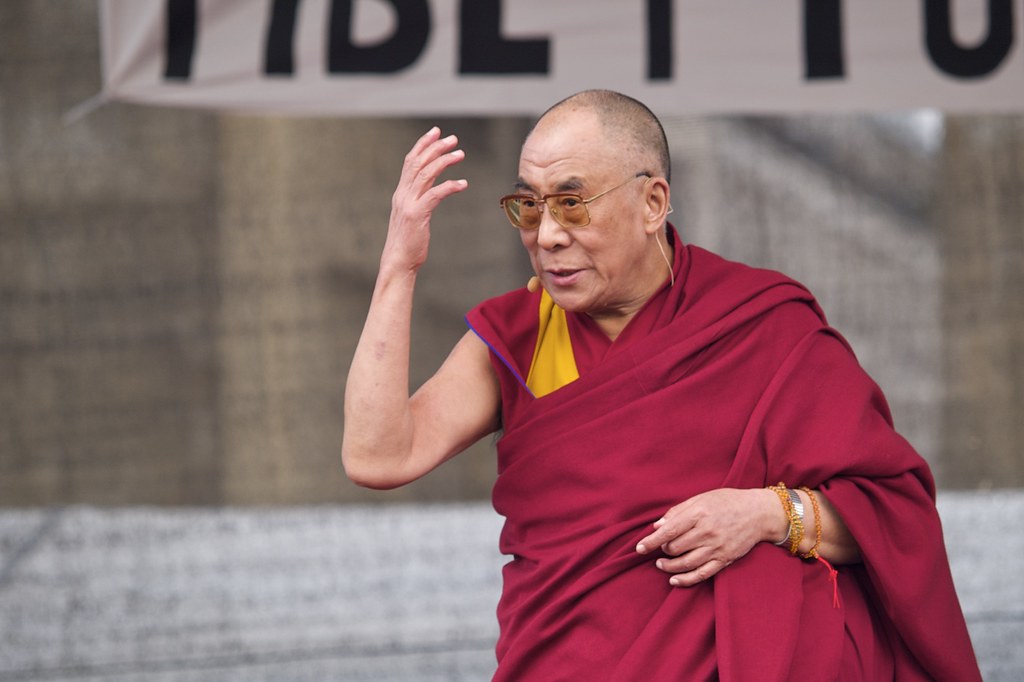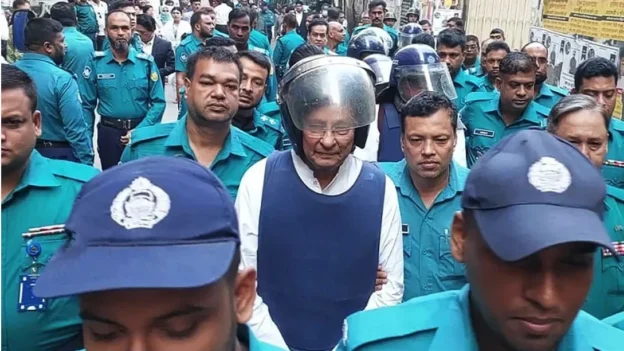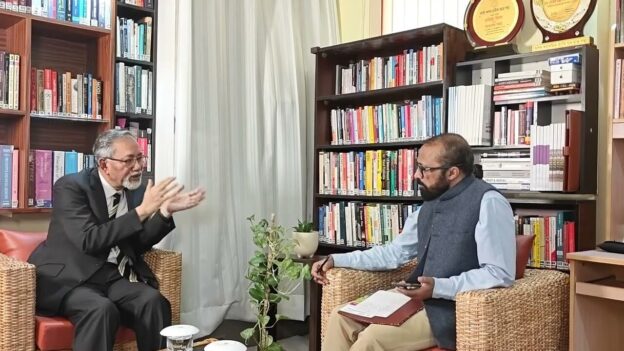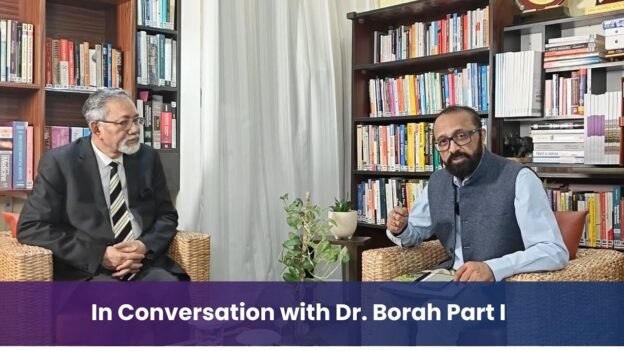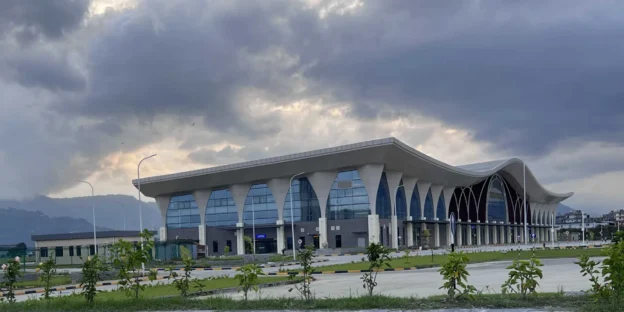As his 90th birthday approaches, the 14th Dalai Lama stands on the threshold of a momentous announcement—one that could define the future of Tibet, reshape Himalayan geopolitics, and reverberate far beyond the spiritual realm. Scheduled for July 2, just days before the landmark birthday, this anticipated statement is expected to address the long-looming question of his reincarnation—a subject laden with spiritual significance and fraught with political consequence.
The timing is deliberate: the announcement will coincide with a high-level religious conclave in Dharamshala, bringing together senior leaders from all four major schools of Tibetan Buddhism—Sakya, Kagyu, Nyingma, and Gelug. As Penpa Tsering, Sikyong (President) of the Central Tibetan Administration, confirmed, this gathering marks not only a religious milestone but a turning point for Tibetans globally. The proceedings will also inaugurate a year-long celebration of the Dalai Lama’s 90th birthday, themed as the “Year of Compassion,” with ceremonies, cultural programs, and international tributes highlighting his enduring legacy.
Yet behind the celebrations lies an existential question for Tibet and its people: Who will succeed the Dalai Lama, and how will the process unfold in a world where China insists on controlling the narrative? Since his exile to India in 1959, the Dalai Lama has served as the linchpin of Tibetan identity, religion, and global advocacy. In 2011, he made it clear that any legitimate successor would be “born in a free world”—a pointed rejection of Beijing’s claim to authority over the reincarnation process. This stand sets the stage for a geopolitical confrontation: for China, the next Dalai Lama is not only a matter of spiritual continuity, but also a strategic asset to be co-opted or controlled.
The stakes are underscored by the presence of high-profile Indian dignitaries at this year’s celebrations, including a Union minister, several chief ministers, and Members of Parliament. Karnataka, home to the largest Tibetan diaspora outside Tibet, will be especially well represented, reflecting India’s unique relationship with the Tibetan cause.
Yet, as scholars warn, the Tibetan movement now faces a defining crossroads. Professor Adwitya Thapa of the Centre for Himalayan Studies, North Bengal University, notes that the question of succession “will go on to define the contours of Tibetan politics and society in the coming years.” Thapa stresses that His Holiness has, for decades, been the singular voice embodying Tibetan identity and spiritual legitimacy on the global stage. “It remains to be seen how this new reality will affect the Tibetan cause,” Thapa observes, pointing to the immense challenge that will confront any successor in filling the void left by a leader so deeply revered.
Beneath the spiritual anxieties, the reincarnation debate has far-reaching implications for regional security and international relations—especially between India and China. The Chinese state, which has grown ever more powerful and assertive, views Tibet not only as a core territorial interest but as a keystone in its broader economic and strategic vision. The deepening infrastructure network in the Tibetan Autonomous Region, tightly woven into President Xi Jinping’s Belt and Road Initiative, signals Tibet’s centrality to the “Chinese Dream”—an ambition that fuses economic integration, border security, and national prestige.
In Thapa’s assessment, “Tibet remains China’s staging ground.” It is from this vantage point that Beijing projects its power across the Himalayas, seeking to contain Indian influence while reinforcing its own. The shadow of recent military standoffs—at Doklam in 2017, Galwan in Ladakh in 2020, and other Himalayan flashpoints—attests to the strategic leverage China derives from its grip on Tibet. These confrontations serve both as warnings to India and as demonstrations of China’s willingness to assert its claims, confident in the strategic depth provided by its position on the plateau.
For India, the Tibetan question is both a persistent vulnerability and a potential source of leverage in its uneasy relationship with China. The reincarnation issue in particular has become a litmus test for sovereignty, legitimacy, and regional influence. The breakdown of negotiations between the Tibetan Government-in-Exile and Beijing has hardened positions, making any middle ground seem ever more elusive. Recent Chinese efforts to host Buddhist delegations from across Asia—ostensibly to showcase religious tolerance—do little to mask what scholars describe as “superficial attempts,” given China’s longstanding record of repression in Tibet.
As the Dalai Lama’s 90th birthday approaches, global attention will focus on Dharamshala, where celebrations and Long Life Offering Ceremonies will be broadcast in multiple languages from the Main Tibetan Temple. His Holiness will attend a special program on June 30, marked according to the Tibetan lunar calendar, as Tibetan, Indian, and international audiences pay tribute to a spiritual leader whose influence transcends borders. These events mark not only a celebration of his life and teachings, but also the threshold of a new and uncertain chapter for the Tibetan community.
Ultimately, as Thapa and other scholars suggest, the future of the Tibetan cause—and the dynamics of Himalayan geopolitics—may well hinge on how this historic transition is navigated, and whether the next Dalai Lama can carry forward the legitimacy, unity, and hope that His Holiness has embodied for more than seven decades.

